LockBit 2.0 ransomware disguised as PDFs distributed in email attacks
Researchers have urged vigilance over compressed attachments sent under false pretenses
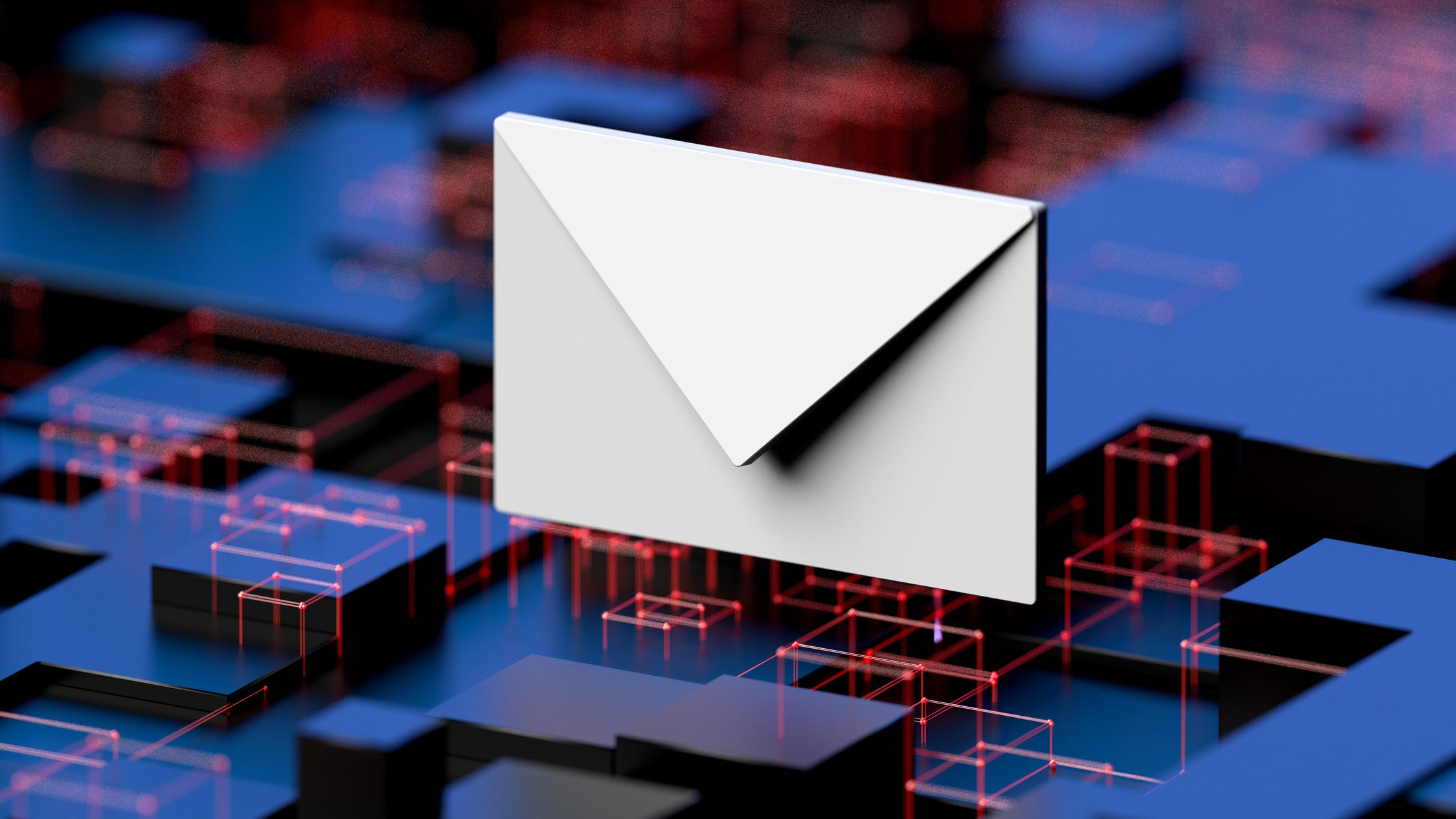

Researchers in Korea have identified threat actors targeting companies with emails claiming copyright infringement that contain ransomware.
AhnLab Security Emergency Response Center (ASEC) has collected evidence of emails sent to companies with a password-protected compressed file attached, within which lies Lockbit.20 ransomware disguised with a PDF file icon.
RELATED RESOURCE
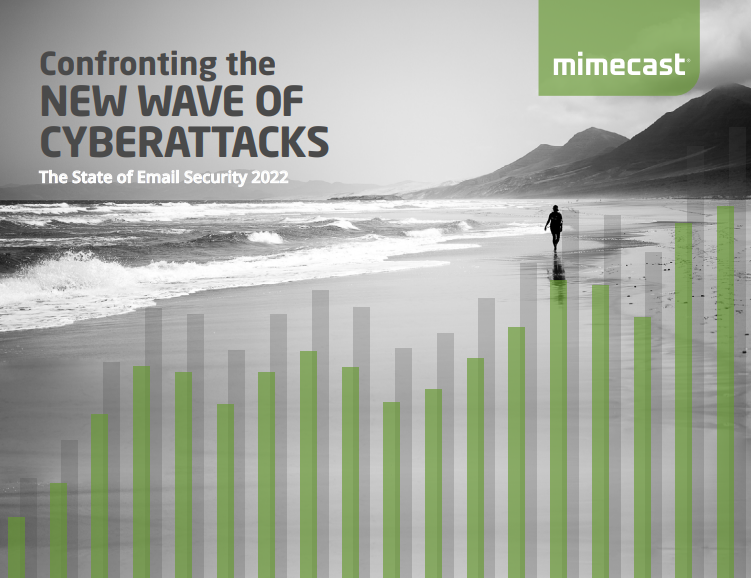
Although the research pointed to an active campaign by threat actors within the Republic of Korea, the widespread nature of Lockbit 2.0 means there is real potential that the same methods could soon be used to target firms in Europe and the US.
In recent attacks, emails have been spotted carrying a file that appears to contain the images of licensed content in dispute. Such emails may contain the name of actual artists, to add to their legitimacy, and follow a similar scam in which such files were passed off as resumes.
If the user opens the attached file, which has a PDF file icon disguised as a Lockbit executable, it will execute a series of processes to prevent file recovery and register itself to the system registry to keep itself running continuously. The user will quickly find their open processes terminating, and files changing to become unopenable and bear a red letter ‘B’ icon.
Lockbit 2.0 works to encrypt all data, local or externally connected, that doesn’t pertain to core system functions. Files are also uploaded to a server controlled by the attackers, who then a ransom note in the form of a text file urging the victim to pay them money. Of course, there is no way to guarantee that any deal made with the attackers would be honoured, so this is never an advised route for recovering one's data.
Of all ransomware, Lockbit 2.0 poses one of the greatest specific threats to businesses right now, with cyber security advisor NCC Group advising in a recent blog post that across May, Lockbit 2.0 accounted for 40% of ransomware attacks. The Federal Bureau of Investigation (FBI) also released a report earlier this year detailing the specific risks posed by the threat actor and noted the only targets it does not infect are those using Eastern European languages for their systems.
Sign up today and you will receive a free copy of our Future Focus 2025 report - the leading guidance on AI, cybersecurity and other IT challenges as per 700+ senior executives
Smaller businesses are most likely to be affected by this method of attack, as they often lack dedicated legal teams who would be able to identify the legitimacy of the emails. Additionally, employees in smaller businesses are less likely to have received anti-phishing training.
“Lockbit 2.0 has fast cemented its place as the most prolific threat actor of 2022,” stated NCC’s global lead for strategic threat intelligence, Matt Hull.
“It is crucial that businesses familiarise themselves with their tactics, techniques, and procedures. It will give them a better understanding of how to protect against attack and the most appropriate security measures to implement.”

Rory Bathgate is Features and Multimedia Editor at ITPro, overseeing all in-depth content and case studies. He can also be found co-hosting the ITPro Podcast with Jane McCallion, swapping a keyboard for a microphone to discuss the latest learnings with thought leaders from across the tech sector.
In his free time, Rory enjoys photography, video editing, and good science fiction. After graduating from the University of Kent with a BA in English and American Literature, Rory undertook an MA in Eighteenth-Century Studies at King’s College London. He joined ITPro in 2022 as a graduate, following four years in student journalism. You can contact Rory at rory.bathgate@futurenet.com or on LinkedIn.
-
 Invest in the future: Why PowerEdge is earning its place in 2025/2026 budgets
Invest in the future: Why PowerEdge is earning its place in 2025/2026 budgetsDell Technologies works with customers’ needs for performance and efficiency to ensure organizations are set up for success.
-
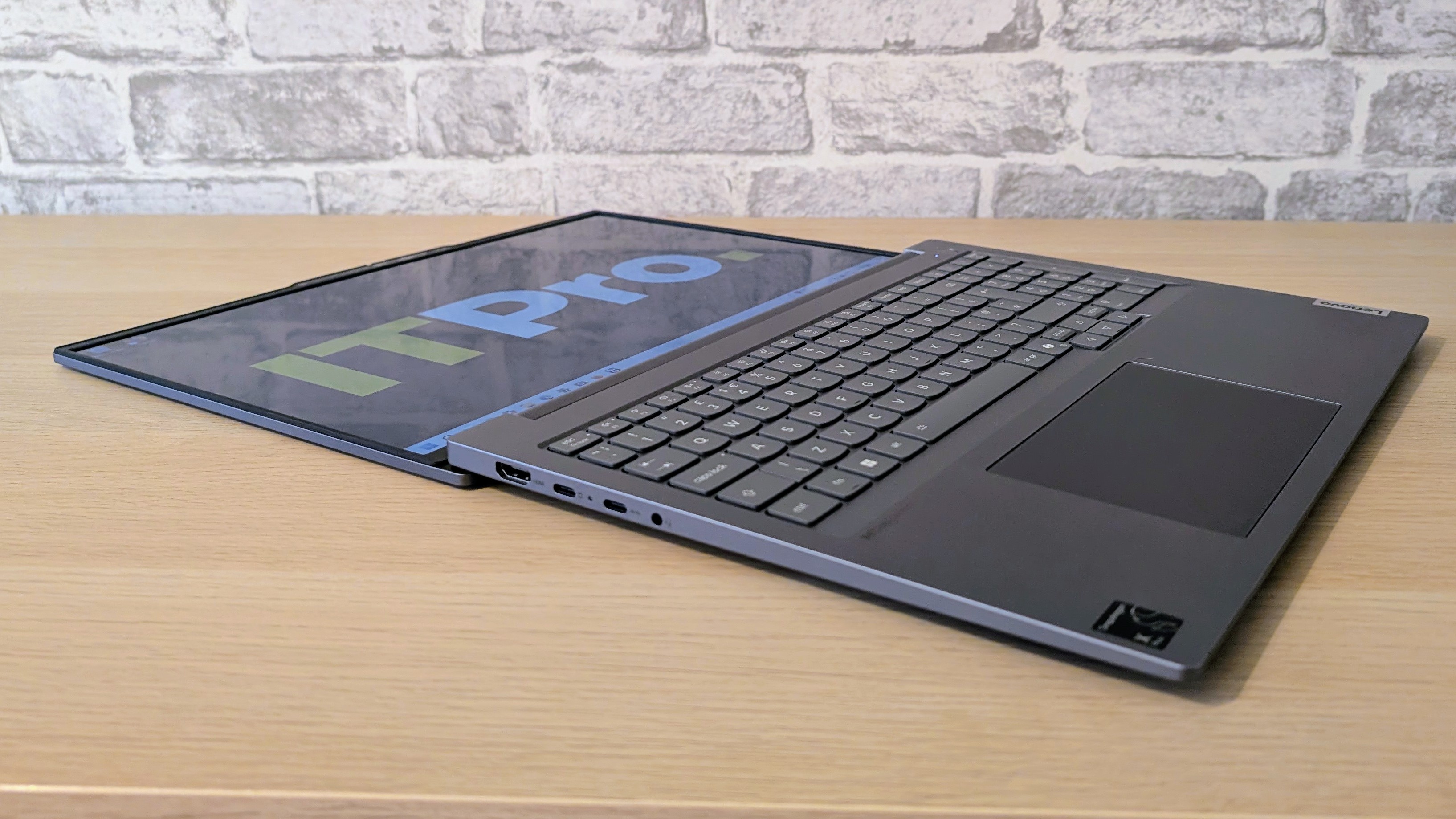 Lenovo ThinkBook 16 Gen 7 (Snapdragon) review
Lenovo ThinkBook 16 Gen 7 (Snapdragon) reviewReviews The combination of a high-capacity battery, an efficient Snapdragon chipset, and a low price makes the ThinkBook 16 Gen 7 an easy recommendation
-
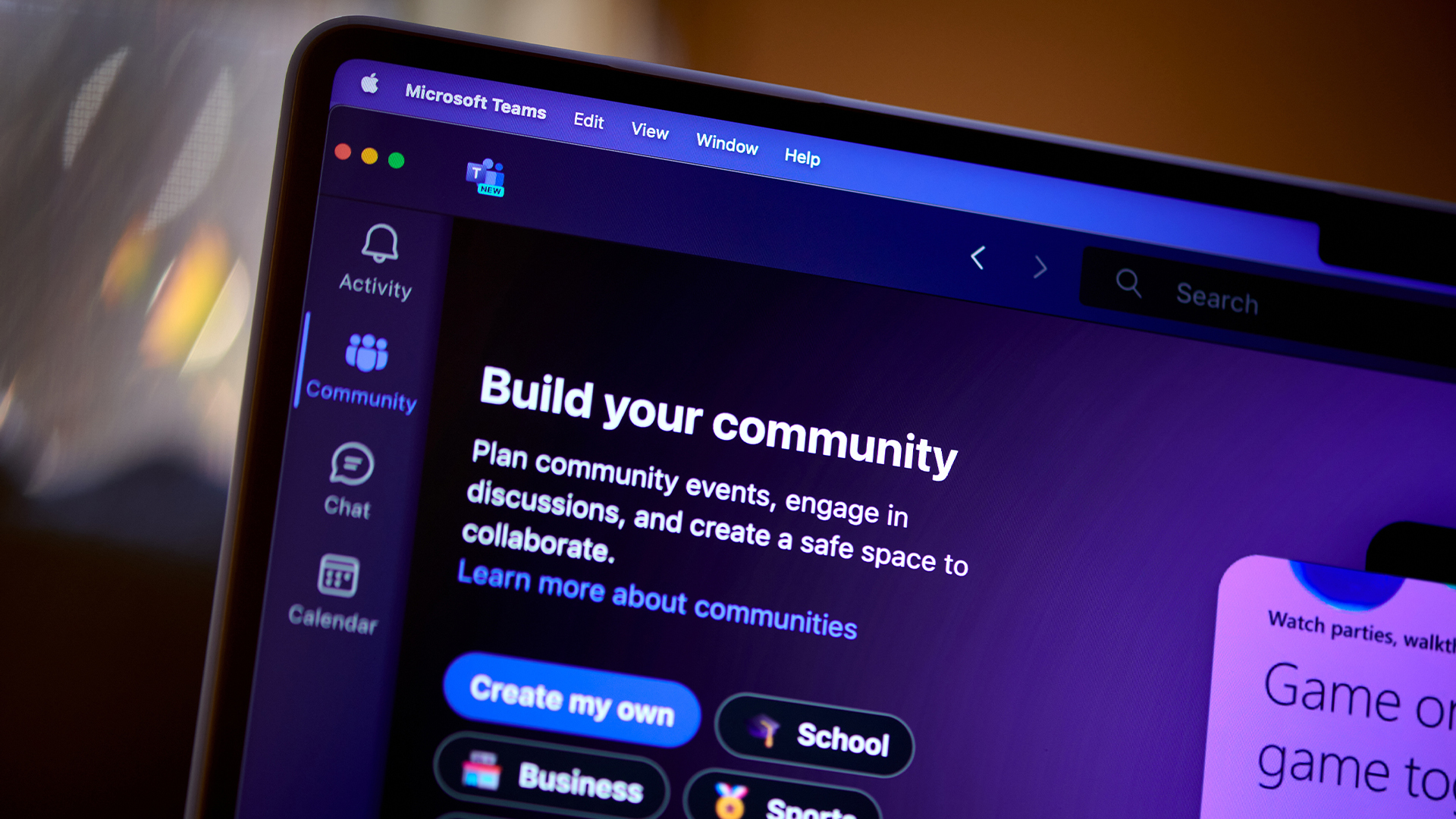 A notorious ransomware group is spreading fake Microsoft Teams ads to snare victims
A notorious ransomware group is spreading fake Microsoft Teams ads to snare victimsNews The Rhysida ransomware group is leveraging Trusted Signing from Microsoft to lend plausibility to its activities
-
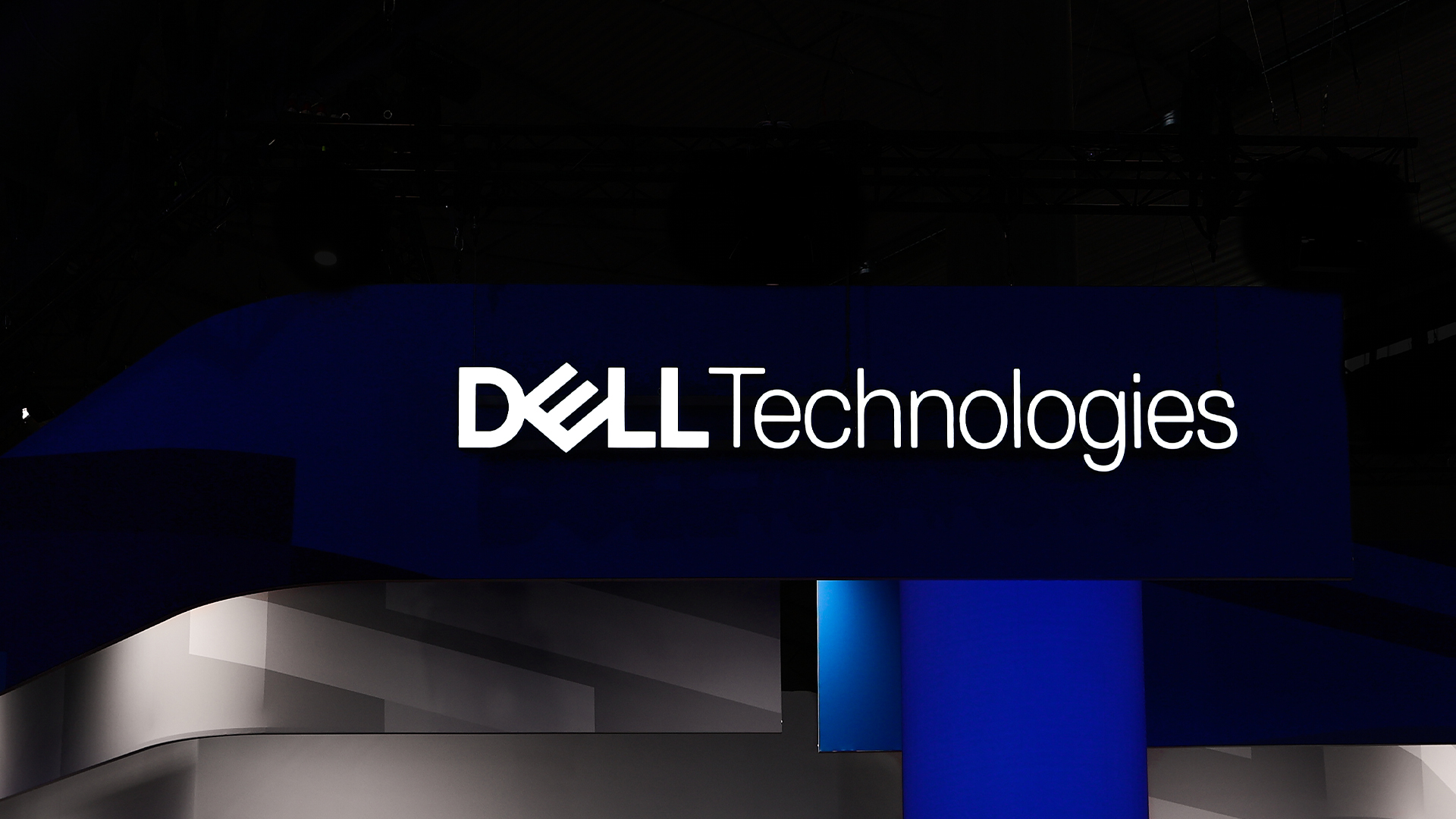 Critical Dell Storage Manager flaws could let hackers access sensitive data – patch now
Critical Dell Storage Manager flaws could let hackers access sensitive data – patch nowNews A trio of flaws in Dell Storage Manager has prompted a customer alert
-
 Volkswagen confirms security ‘incident’ amid ransomware breach claims
Volkswagen confirms security ‘incident’ amid ransomware breach claimsNews Volkswagen has confirmed a security "incident" has occurred, but insists no IT systems have been compromised.
-
 The number of ransomware groups rockets as new, smaller players emerge
The number of ransomware groups rockets as new, smaller players emergeNews The good news is that the number of victims remains steady
-
 Teens arrested over nursery chain Kido hack
Teens arrested over nursery chain Kido hacknews The ransom attack caused widespread shock when the hackers published children's personal data
-
 NCA confirms arrest after airport cyber disruption
NCA confirms arrest after airport cyber disruptionNews Disruption is easing across Europe following the ransomware incident
-
 Cyber professionals are losing sleep over late night attacks
Cyber professionals are losing sleep over late night attacksNews Hackers are biding their time and launching attacks when businesses can’t respond
-
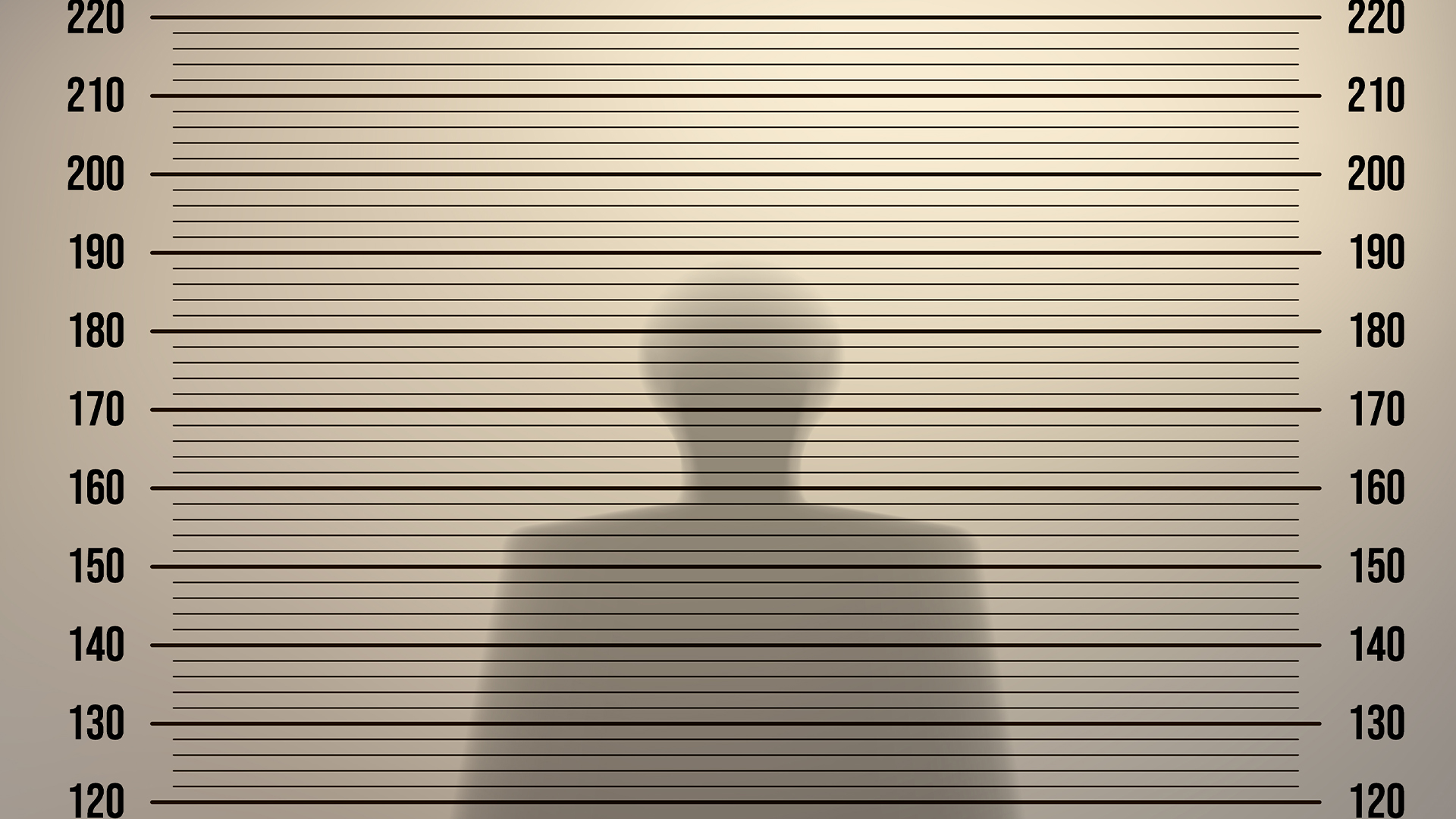 Prolific ransomware operator added to Europe’s Most Wanted list as US dangles $10 million reward
Prolific ransomware operator added to Europe’s Most Wanted list as US dangles $10 million rewardNews The US Department of Justice is offering a reward of up to $10 million for information leading to the arrest of Volodymyr Viktorovych Tymoshchuk, an alleged ransomware criminal.